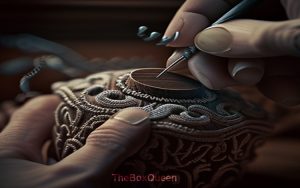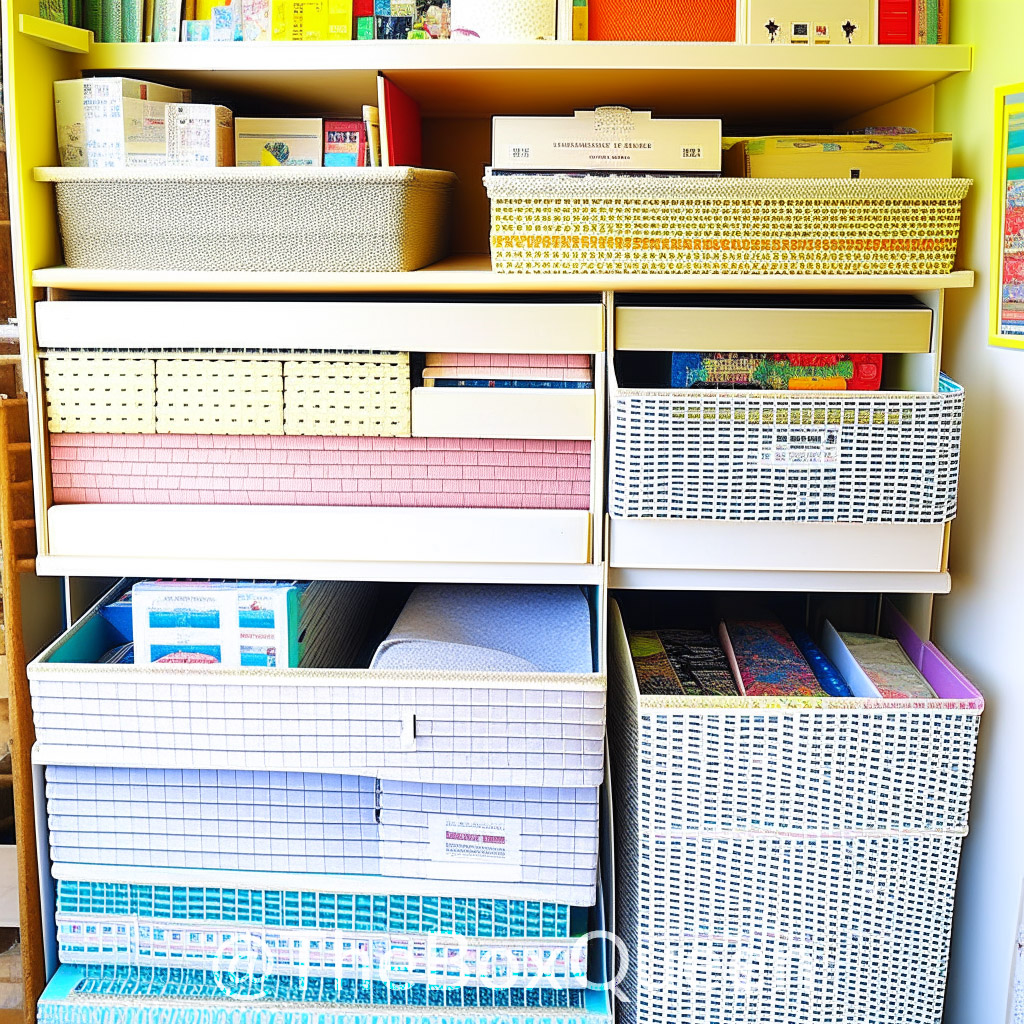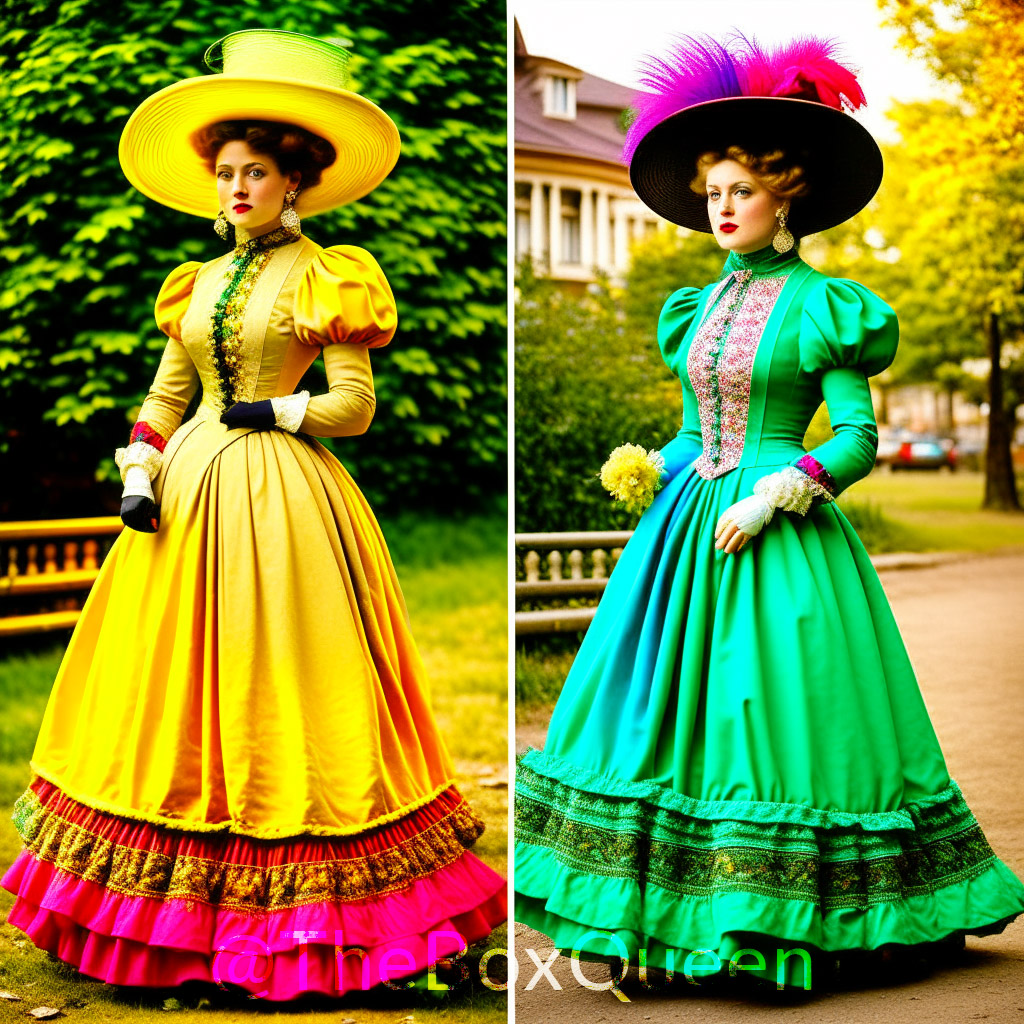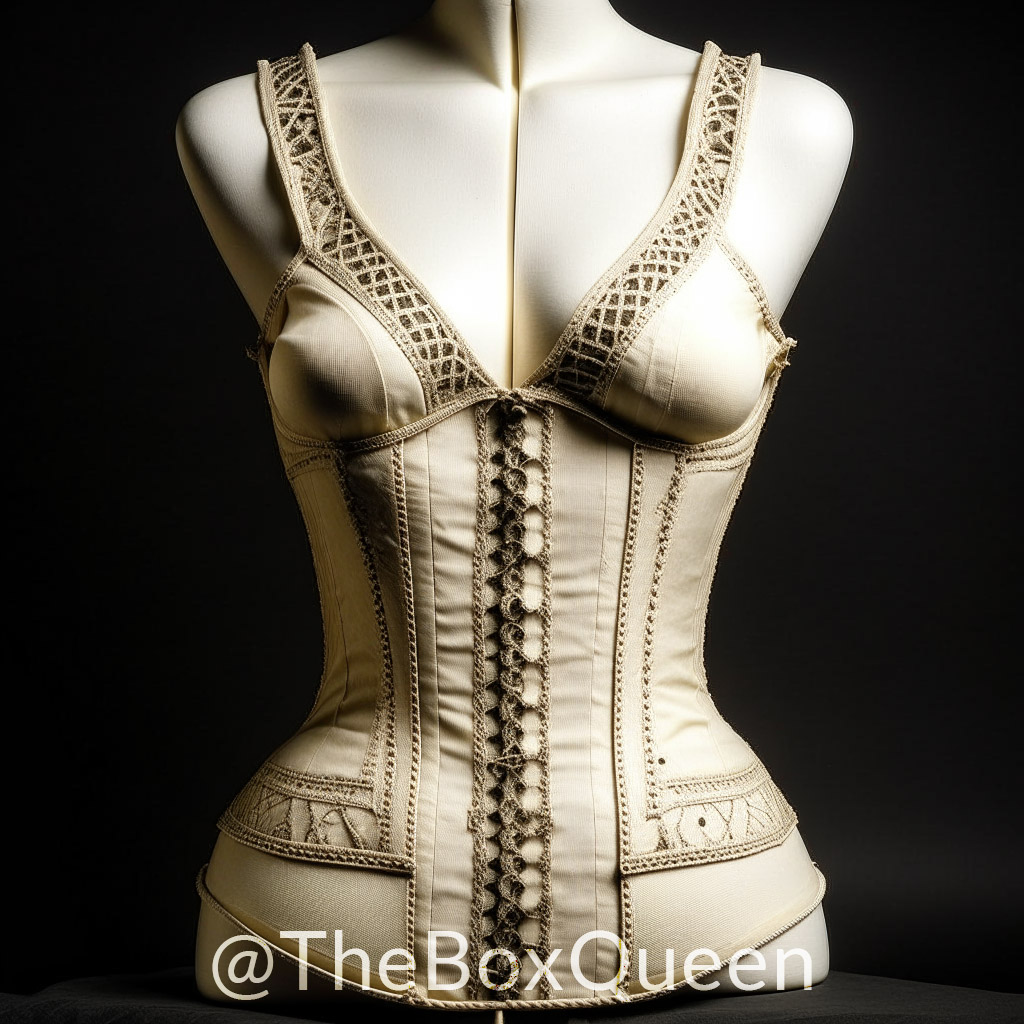Introduction to historical sewing and its significance
A basic human activity that has existed for thousands of years is sewing. People have been stitching in various ways to make garments, bags, and other fabrics since the dawn of human civilisation. A fascinating and intricate subject that crosses many different times and civilizations is the history of sewing.
The study of historical sewing focuses on how sewing methods and fashions have changed over time. It includes everything from the development of the sewing machine in the 19th century to ancient Egyptian needlework. This history is important because it explains how the past has influenced how we live today in addition to telling us about the past. The creativity and technical expertise that go into making textiles, as well as the influence sewing has had on social and economic history, can both be better understood by studying sewing’s history. It can also provide as a source of inspiration for modern fashion and design.
Historical clothing has been worn in a wide variety of styles over time, each with its own distinctive production techniques. Several instances include:
Types of historical garments and their construction methods
-
Toga:
Ancient Roman citizens wore togas, which were constructed of a single piece of fabric and draped over the body before being tied at the shoulder with a fibula Check out here.
-
Kimono:
A single piece of fabric is folded and stitched together to form this traditional Japanese garment, which resembles a robe Check out here.
-
Chiton:
A single piece of fabric was folded and stitched together to make this ancient Greek garment, which resembled a tunic Check out here.
-
Peplos:
Unlike the chiton, which was created from a smaller piece of fabric that was wrapped around the torso and pinned at the shoulders, peplos was an ancient Greek garment Check out here.
-
Hanbok:
The hanbok is a traditional Korean dress with a long, flowing skirt and a top that fastens at the shoulders. It is created from several pieces of fabric Check out here.
-
Hennin:
In the late mediaeval and early modern eras, women wore hennins, which were cone-shaped headdresses frequently made of silk or satin and embellished with jewel or gold thread Check out here.
-
Corset:
Women in the 19th century used corsets, which were tightly tied undergarments intended to give the body a curvy hourglass shape.
These are but a few types of clothing that have been worn throughout history; there have been many more. Each historical era has its own own clothing, sewing techniques, and dressing norms Check out here.
Overview of historical sewing techniques and tools
Reflecting each era’s technological and cultural achievements, historical sewing methods and tools have changed over time. An overview of some of the most important methods and equipment used historically is provided below:
- Hand sewing: One of the earliest methods of sewing is hand sewing, which was employed in the past to make textiles and clothes. Running stitch, backstitch, and whipstitch were among the techniques used.
- Embroidery: An age-old method of adorning garments and materials with beautiful stitching is embroidery. It was frequently used to make complex patterns and decorations.
- Needle lace: Needle lace is a delicate lace-making method that uses a needle and thread. Particularly in the 16th and 17th centuries, it was quite well-liked.
- Quilting: Using this method, cloth layers are stitched together to produce a strong and warm textile. It was frequently employed to create blankets and other warm attire.
- Tailoring: In the 19th century, tailors utilised this method to produce suits and other apparel that was specially tailored for the wearer.
- Machine sewing: The clothing business underwent a transformation when the sewing machine was developed in the 19th century, making it feasible to create clothes rapidly and effectively.
- Knitting: By looping yarn or thread together, textiles can be made with this technique. It is still commonly used now and was first employed in antiquity to create warm clothes.
- Weaving: This technique involves weaving together threads or strands at right angles to create fabrics. It was used to create a variety of textiles, including strong woollen cloth and delicate silk fabrics.
There have been other other stitching methods and tools used throughout history in addition to these important ones. The loom, spinning wheel, and bobbin are some of the instruments that have been used for millennia to make various fabrics and are still in use today in some regions of the world.
Researching and sourcing historical fabrics and materials
Making accurate and authentic historical clothing and textiles requires extensive research and acquisition of historical fabrics and materials. Following are some pointers for investigating and locating historical textiles and materials:
- Start by doing some study about the era and culture you are interested in. You’ll get a better concept of the textiles and materials used at that period from this.
- Look for primary sources from the era you are investigating, such as paintings, sculptures, and artefacts. These can help you get a sense of the hues, designs, and materials that were popular at the time.
- Visit historical places and museums that include displays of clothing and textiles from the era you are studying. You can get a sense of the construction methods and designs that were employed from this.
- Study historical texts and writings on clothing and textiles. This might help you gain a deeper grasp of the tools, methods, and aesthetics that were employed at various points in history.
- Look for contemporary recreations of vintage textiles and furnishings. For use in costumes, reenactments, and other projects, many businesses and craftspeople produce faithful replicas of historical textiles and materials.
- Look for vendors or craftspeople who focus on using historical textiles or materials. Many of these providers are able to offer a variety of antique textiles and materials, including lace, silk, linen, wool, and velvet.
- The appropriate fabric or material might not always be accessible or might be too expensive, so it’s a good idea to have a clear vision of what you want and to be flexible. In such case, be prepared to experiment with other possibilities.
Finding real historical fabrics and materials can be difficult, but it’s a crucial step in producing historically appropriate clothing and textiles. You can locate the perfect textiles and materials to give your historical projects life with a little imagination and investigation.
Patterns and drafting for historical garments
An essential stage in producing authentic and exact replicas of historical clothes is drafting and generating patterns for the apparel. Here are some pointers for drafting and developing patterns for historical clothing:
- Start by doing some study about the era and culture you are interested in. You’ll get a sense of the popular silhouettes and fashions at that period from this.
- Look for primary sources from the era you are investigating, such as paintings, sculptures, and artefacts. These might help you get a sense of the patterns, ratios, and finishing touches that were applied to garments throughout that time period.
- If you can, look into current apparel and attire. Historical clothes can be examined in many museums, and some even have patterns accessible.
- Study historical clothes and pattern books and papers. This might help you gain a better grasp of the designs and building methods that were popular at various points in history.
- Create your own pattern by using draping techniques or existing patterns as a starting point. Draping is a good tool for making historical patterns since it lets you experiment with different shapes and silhouettes.
- Take the person who will be wearing the clothing’s dimensions with accuracy. This will guarantee that the finished item will fit comfortably.
- Be ready to modify and adapt your pattern as necessary. Since historical clothing was sometimes made to order, it is doubtful that a single pattern will fit every wearer completely.
- You should think about the kind of cloth you’ll be using because they all drape differently and can call for alterations to the pattern.
Although it can be difficult and time-consuming, drafting and designing designs for historical clothes is an essential step in producing true-to-life replicas. You can design precise patterns and recreate your historical outfits with a little research, perseverance, and experimenting.

Sewing and finishing techniques for creating authentic reproductions
Techniques for sewing and finishing are essential for producing true-to-life replicas of historical clothes. Following are some pointers for sewing and finishing methods:
- Start by doing some study about the era and culture you are interested in. This can help you get a better picture of the kinds of finishing and sewing methods that were in use at the period.
- Look for primary sources from the era you are investigating, such as paintings, sculptures, and artefacts. You can get a feel for the kinds of hems, closures, and seams that were utilised in clothes during that time period by looking at these.
- If you can, look into current apparel and attire. Many museums include historical clothing collections that may be examined, and some of them also offer details on the building methods that were employed.
- Read books and articles about sewing methods and historical clothing. This might help you comprehend the numerous kinds of hems, closures, and seams that were used across time.
- Use conventional hand stitching methods including blanket stitch, whip stitch, running stitch, and back stitch. These methods can give your reproduction a realistic look and feel because they were frequently utilized in historical clothing.
- Be mindful of small details like buttonholes, zippers, and trimmings. These elements may separate an accurate reproduction from an excellent one.
- Use the appropriate needle and thread for your project. Different thread and needle types are needed for various textiles and procedures.
- As you stitch, be ready to make alterations and tweaks. Since historical clothing was sometimes made to order, it is doubtful that a single pattern will fit every wearer completely.
- To give a polished and genuine appearance, apply finishing methods like hand stitching, binding, and underlining.
It needs a combination of research, attention to detail, and patience to attain the desired outcomes while sewing and finishing historical garment replicas, which are essential. With the appropriate approach, you can make historically accurate, true-to-life replicas of clothing that will last the test of time.
Resources for further learning and community engagement in historical sewing.
There are some resources available for further learning and community engagement in historical sewing. Some of these include:
- Historical sewing groups and societies: Historical sewing-focused organizations and societies can be found in many localities. These organizations frequently host meetings, workshops, and events where members may pick up new skills, exchange knowledge, and interact with other people who share their passion for historical sewing.
- Online forums and social media groups: People can share knowledge and ask questions in a variety of social media groups and online forums that are specifically devoted to historical sewing.
- Books and magazines: The history of sewing, as well as particular methods and fashions, are all covered in a variety of books and publications.
- Websites and blogs: There are numerous websites and blogs that discuss the background of sewing as well as particular methods and fashions.
- Workshops and classes: Many historical sewing seminars and classes are offered by museums, craft schools, and community organizations..
- Museums and historical sites: Clothing and textile collections can be researched for ideas and study at many museums and historical locations.
- Online tutorials and videos: Various historical sewing techniques and styles are covered in a wide variety of online lessons and videos.
- Conferences and symposiums: Conferences and symposiums on historical costume, textiles, and related subjects can offer chances to hear from specialists, view period clothing, and network with like-minded individuals.
These are but a few examples; there are many more opportunities for additional study and involvement in historical sewing in the community. By joining or taking part in these resources, you can expand your knowledge of historical sewing, pick up new skills, and meet other aficionados.



